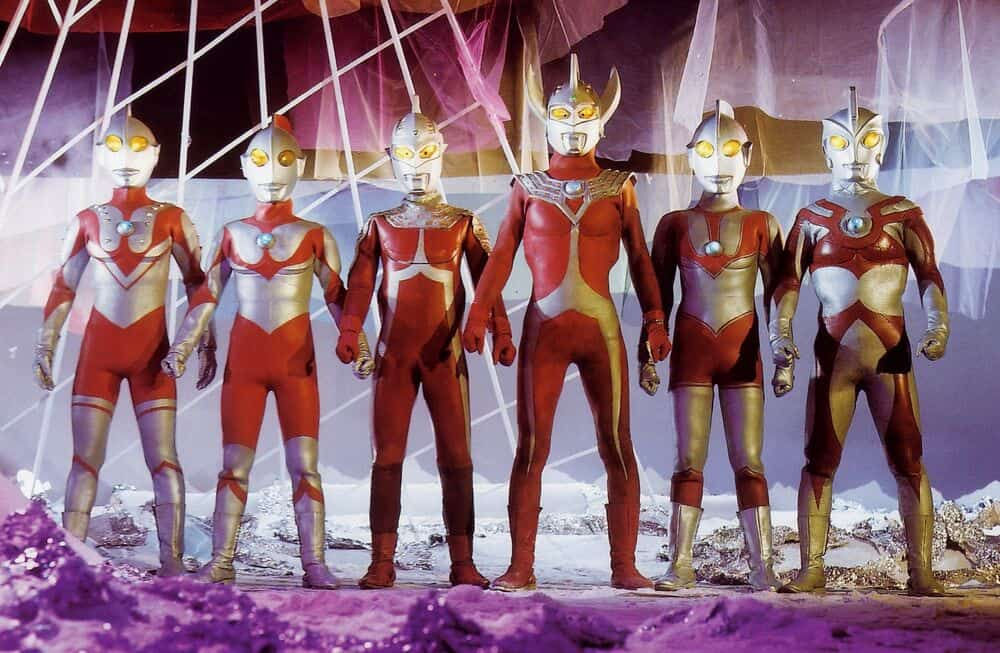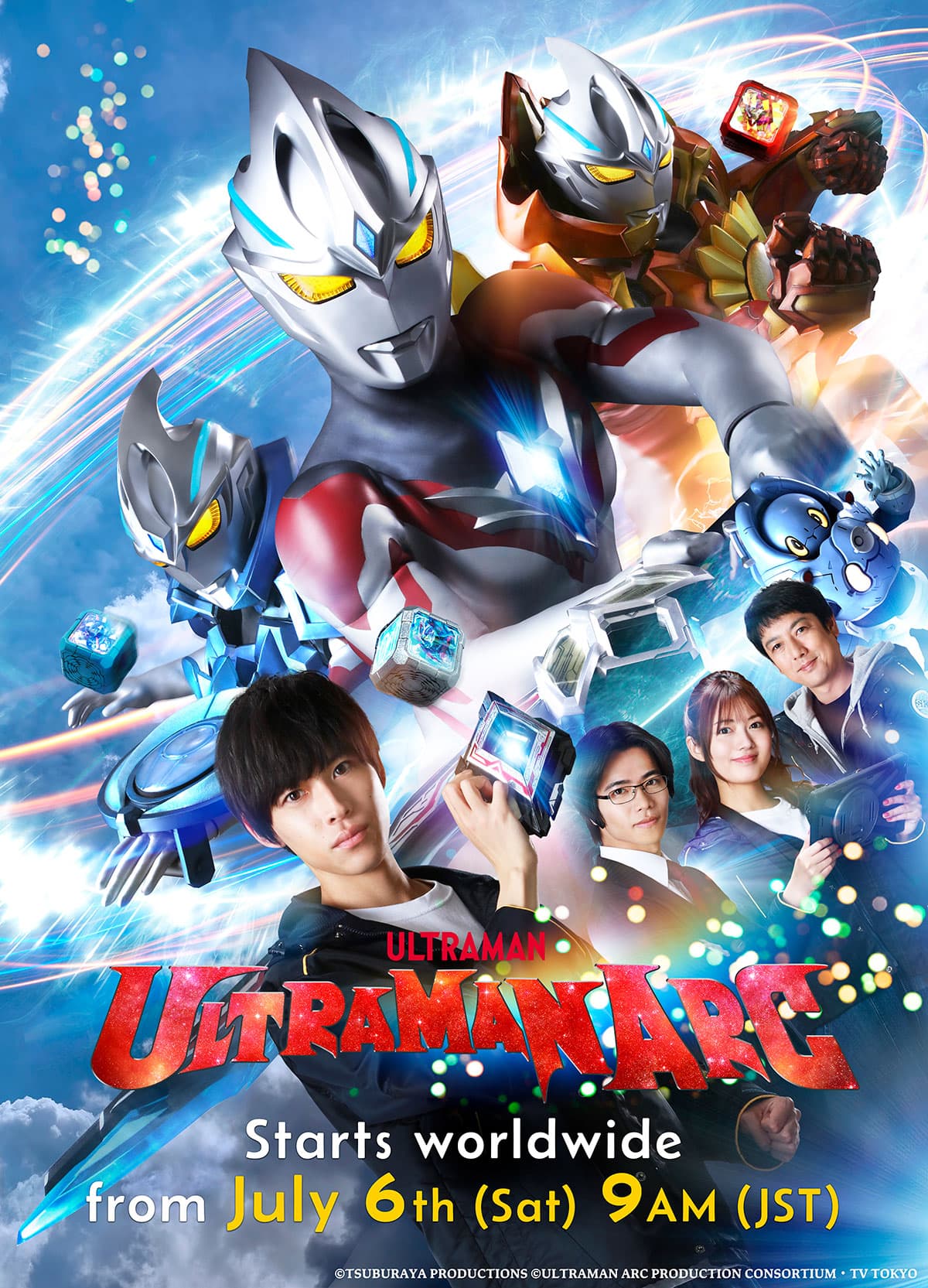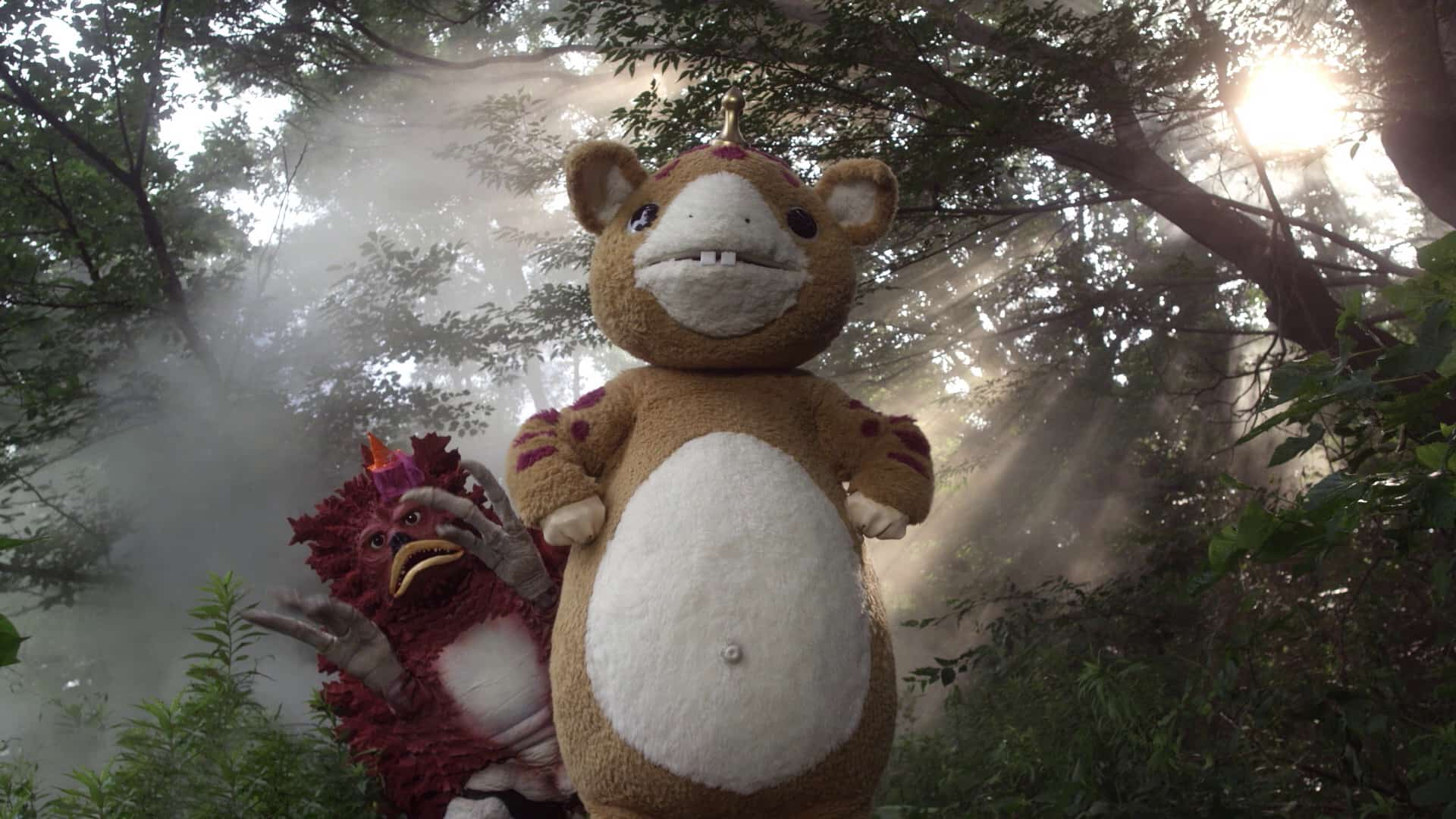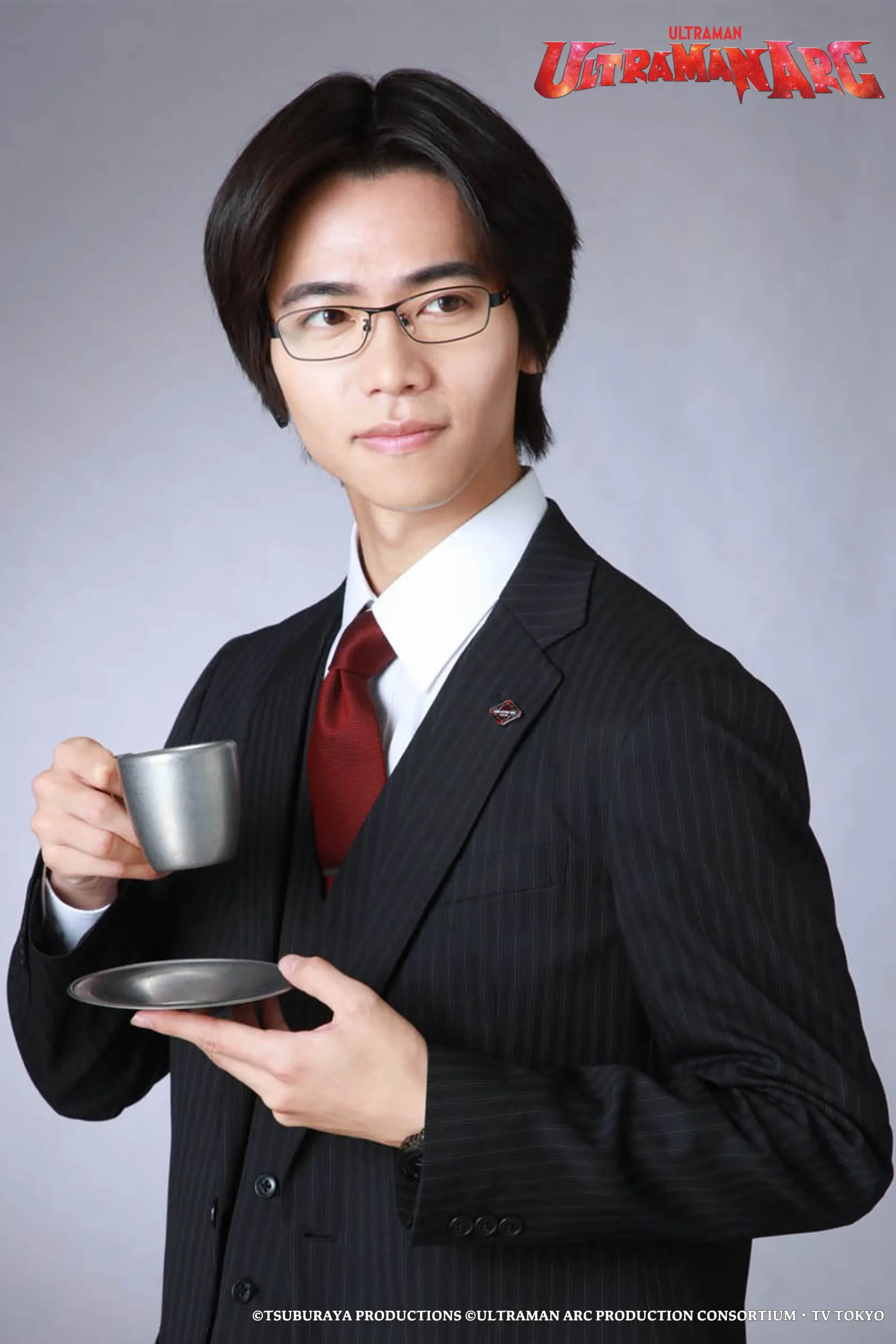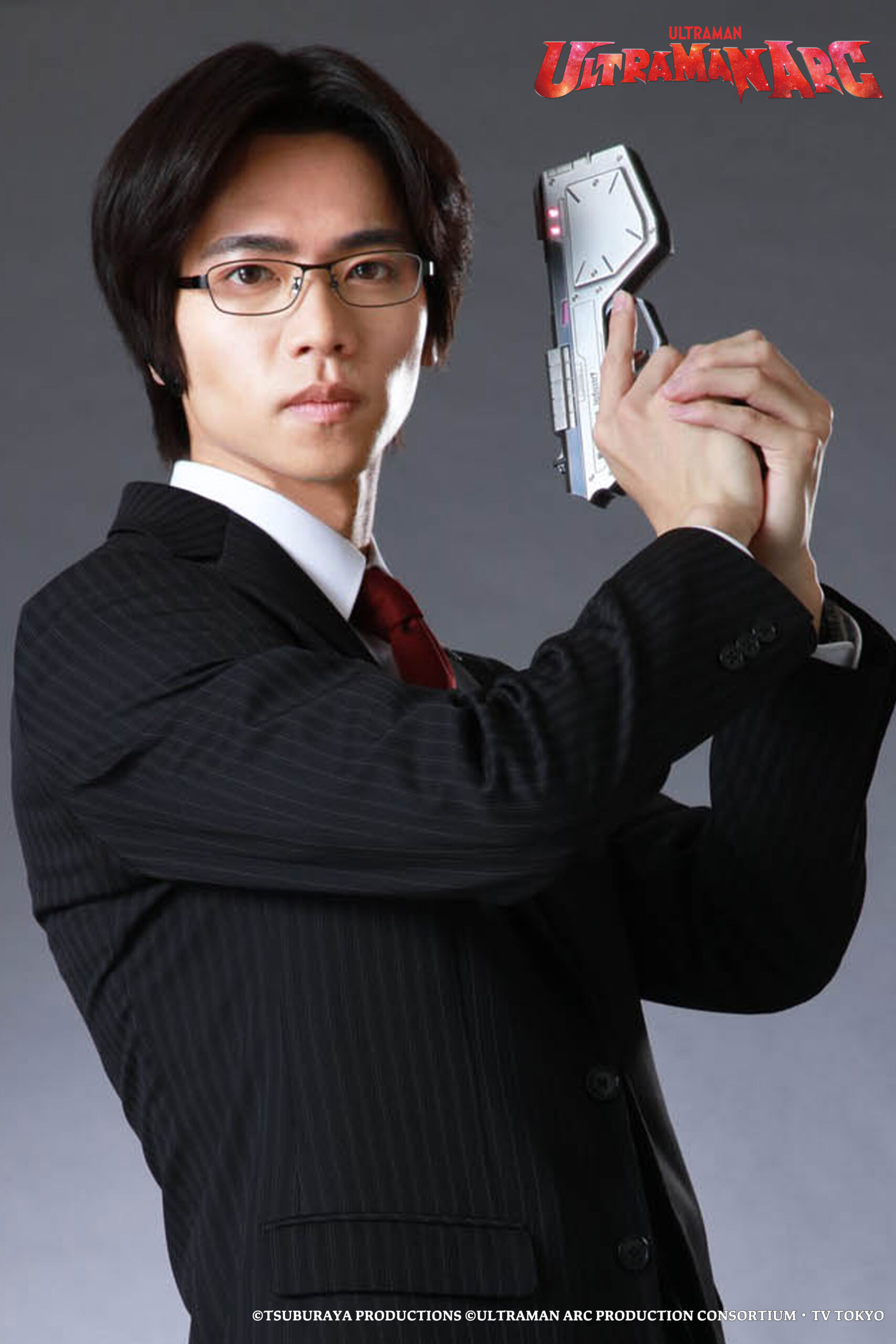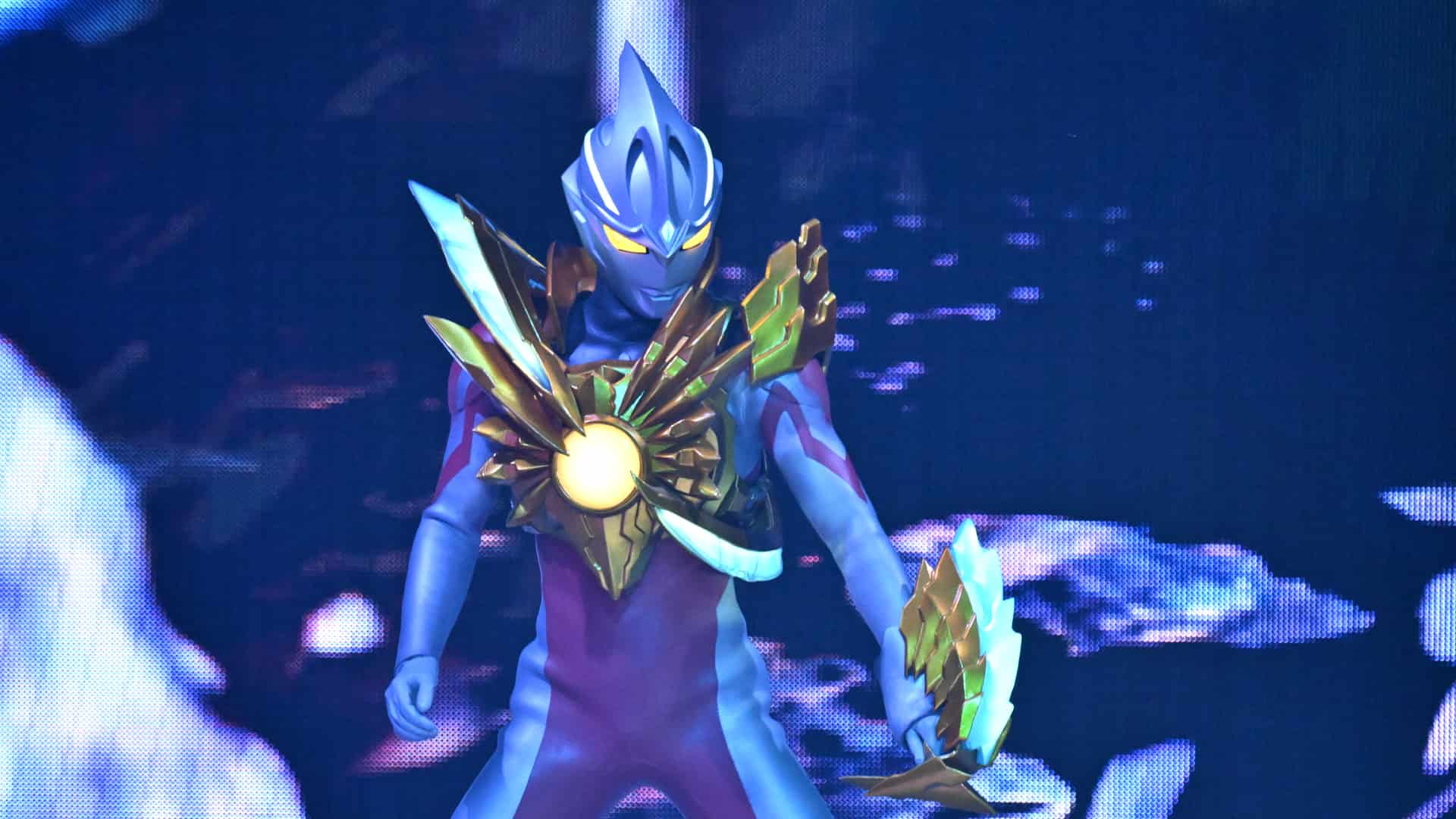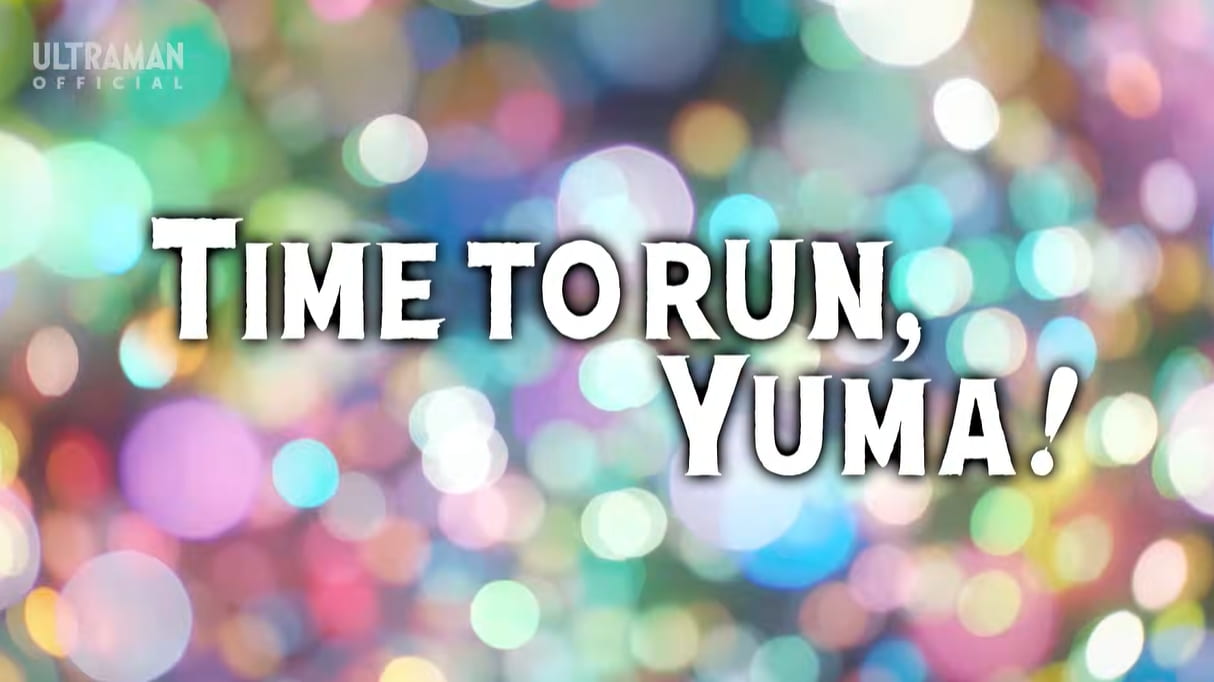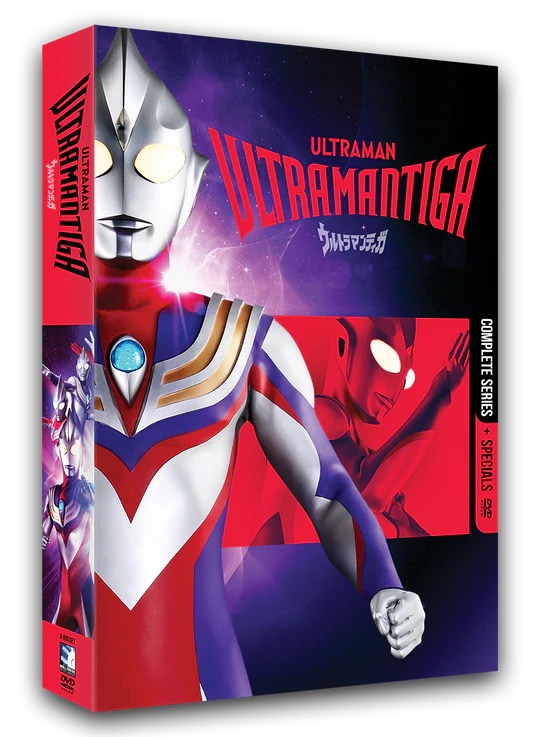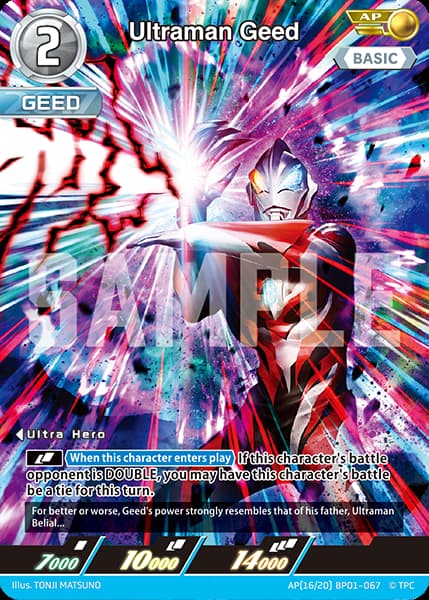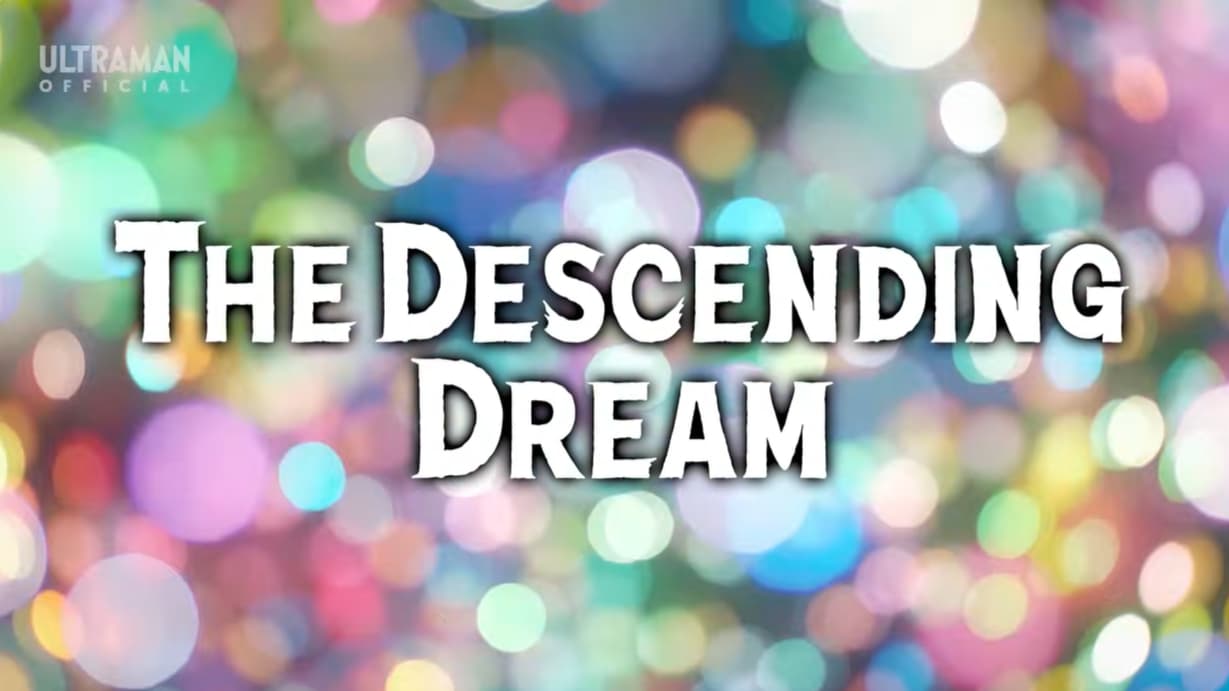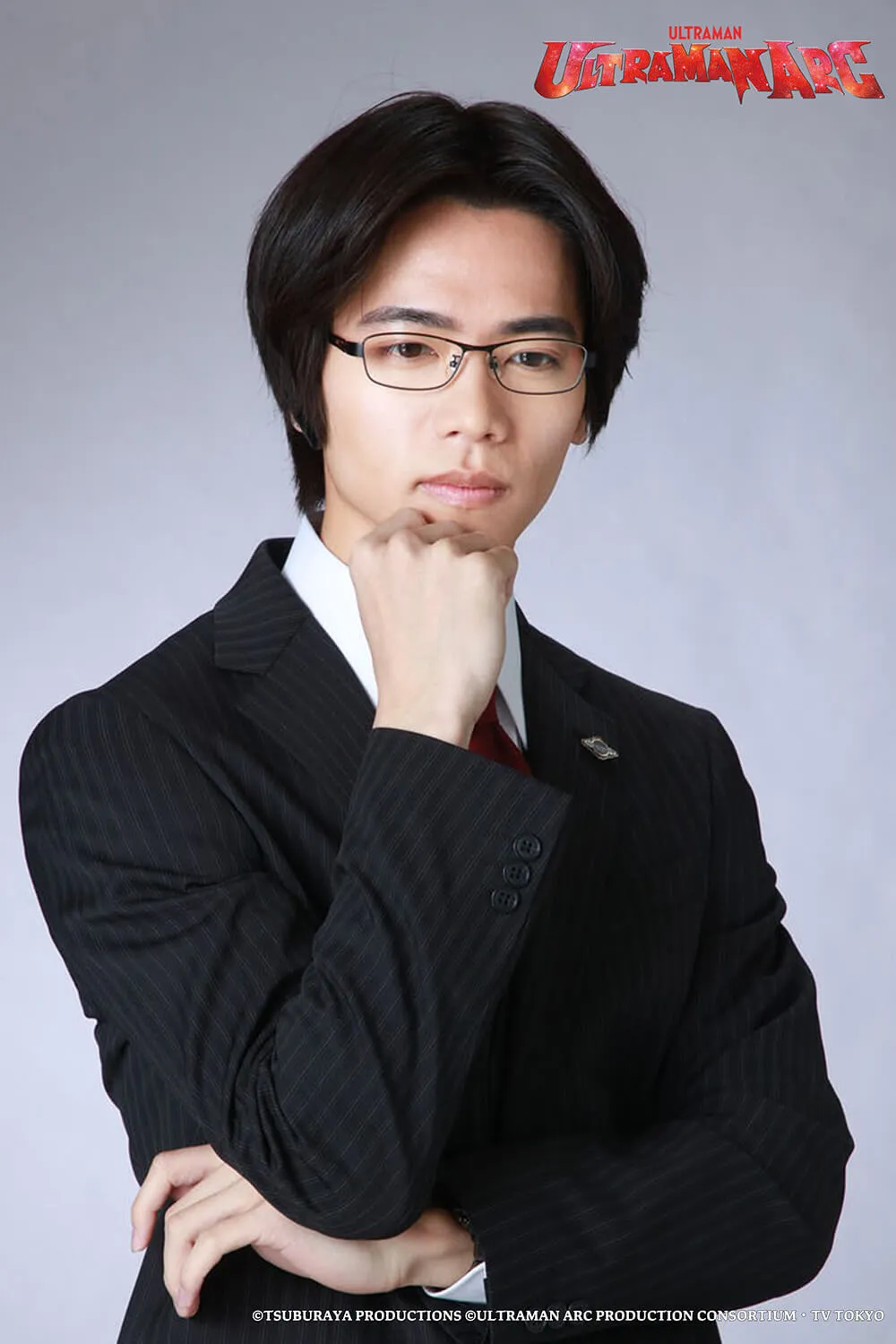Hello and welcome, Ultraman Connection readers! We’re all looking forward to the debut of the Ultraman Rising movie, coming up here soon on June 14th. The movie looks like a ton of fun already, but also carries an important emotional connection to family, delivering a heartfelt look into how the responsibilities of being an Ultra hero extend to influence future generations onwards. Last week, we discussed the Father and Mother of Ultra, and how their roles as parents were so important within the franchise, and among the Ultra heroes who aspire to their example.
This week, we’ll examine some of the heroes from the following generations who do exactly that – follow in their example! While the Ultraman “Family” typically includes Ultraman Taro and his son, Ultraman Taiga, the connections of family run far deeper than just those two, and include many other Ultra heroes throughout the franchise.
In fact, during Ultraman Taro we get a glimpse into the beginnings of the Ultra Family – before Taro even had been born!
I mentioned that Ken and Marie joined together to help defeat foes such as the Alien Empera, and lead the Land of Light into a new age after the tumultuous “Ultimate Wars” period of their people’s history. During the same exposition in episode 25, “Burn! The 6 Ultra Brothers!”, there’s a couple other familiar faces in the flashback illustrations depicting that time period.
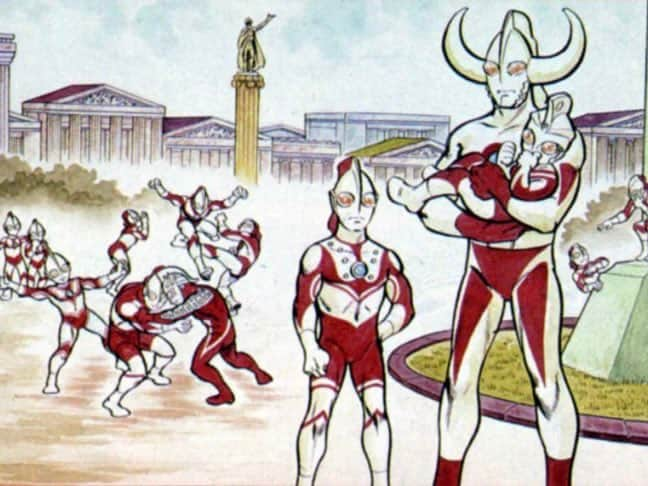
Yes, in fact that is a young Zoffy, and a downright adorable baby Ace!
Zoffy also can be seen in the Ultra Galaxy Legends movie, and even in the retelling of those events in Ultra Galaxy Fight 2: The Absolute Conspiracy, alongside Ken and Marie. Despite his young age during this horrific time of war, Zoffy clearly must have distinguished himself, to earn the “star marks” which are so distinctive in his design, and to take on his current position of responsibility as the first of the titular six Ultra Brothers named in Taro.
While he is highly held in esteem, his first appearance wasn’t quite so positive however. In fact, he seemed quite recalcitrant and reluctant to acknowledge the importance of humanity and the Earth at first in the original Ultraman series. His statement, “Have you become so fond of humans, Ultraman?” almost sounds like disbelief at first, or exasperation at the lengths Ultraman would go to in order to protect a single life on this planet. Despite that, he saves Ultraman’s life in the finale of that show, and goes on to support the other “Ultra Brothers” who have chosen to fight on Earth in the same way. He plays a particular role in both the Ace and Taro series, both as a leader and an (often still-exasperated) older brother who looks out for his younger siblings.
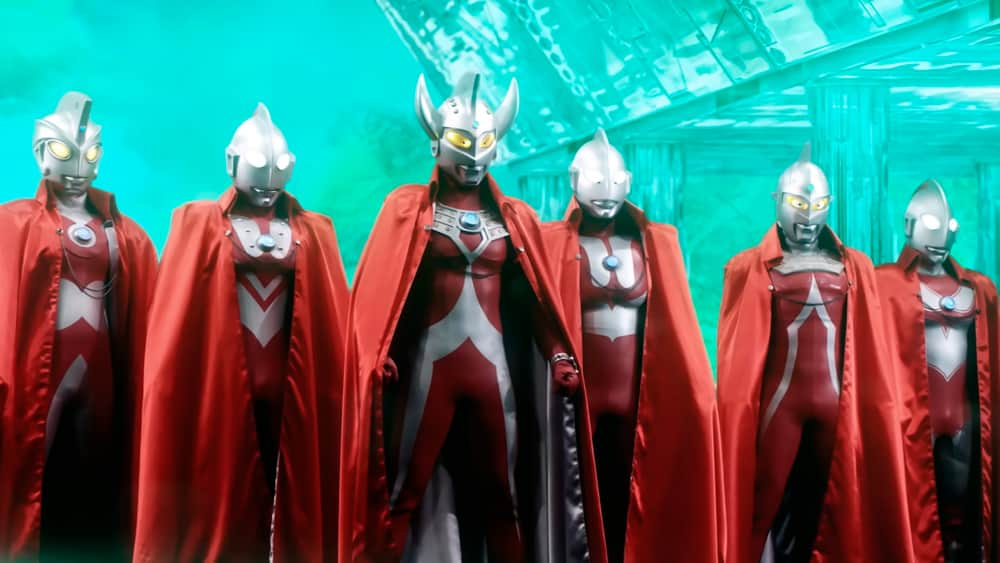
As a leader, Zoffy rarely takes center stage in these events, which is fitting when one considers the example he follows from Ken’s leadership, the Father of Ultra. Like I mentioned last week, Ken prefers to let others find their strength, and only steps in when things are truly hopeless otherwise. Zoffy is also immensely powerful, but like his mentor, rarely shows off his own skills. However, he plays a central role in Mamoru Uchiyama’s manga The Ultraman (also known as Battle of the Ultra Brothers in the international English-translated release).
For the record, Uchiyama was also the artist behind those illustrations from Ultraman Taro depicting the history of the Land of Light, so I would think his manga series counts for consideration in this article regardless. Digression aside, his character is very similar in those stories, which depict the fine line he traverses between being a leader, and being a brother to the rest of the Space Garrison.
Zoffy may be the “older brother” of this group, but the rest of the classic Ultra heroes from the Land of Light feel like brothers between themselves based on their own crossovers. The original Ultraman series and Ultraseven were first created as standalone stories, but Return of Ultraman in 1971 would include them both as part of a larger universe we now recognize. Seven himself would lend Jack the powerful “Ultra Brace” weapon in episode 18, which allowed him to defeat Bemstar. Later on in the show, both Seven and Ultraman would unite to help free Jack from the clutches of Alien Nackle, and Jack would leave Earth in the finale of the series to fight as Ultraman in defense of the Land of Light.
Many of the Ultra Brothers would also appear in the following series, Ultraman Ace, but some of my favorite moments with this team of heroes comes in episodes 33 and 34 of Taro, often dubbed by fans as the “barbeque” episodes. The name comes from the fact that… all six of the Ultra Brothers show up – in matching outfits, nonetheless – at a literal cook-out on the beach to celebrate alongside Taro, the youngest of their group.
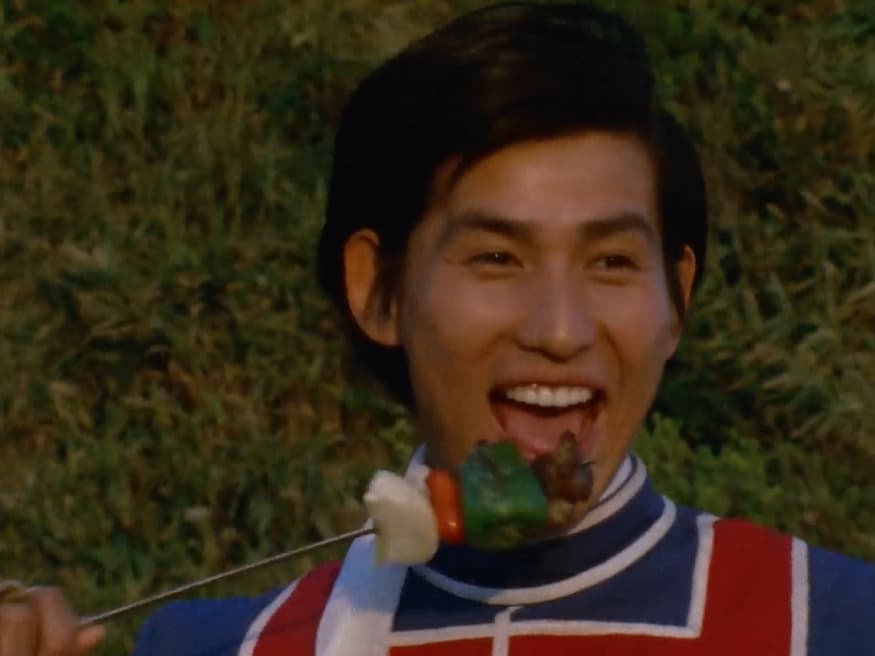
Hijinks occur shortly thereafter – including body-snatching an entire team of volleyball players in order to stay undercover – but the image of all six of these comrades joining together for such a casual, fun occasion signifies why the Ultra Brothers have acquired that name. Taro may be Ken and Marie’s direct descendant, but the entire group has come together as a real family throughout the years because of events like these. This family includes Zoffy, Ken’s protege and right-hand-Ultraman in the Intergalactic Defense Force, Ken and Marie’s adoptive son Ace, Zoffy’s fellow Ultra Warrior, Ultraman himself, and all the other heroes who have joined with them, fighting to protect the Earth through their example.
In the modern day, the Ultra Brothers don’t hold as much of a visible, central role in the Ultraman franchise, even though that example still remains immensely influential. One of the strongest influences comes from their own legacies. Taro, for example, has gone on to serve as a mentor for both Mebius and Ginga, but also has a son, Taiga, which adds yet another generation onto the classic Ultra Family.
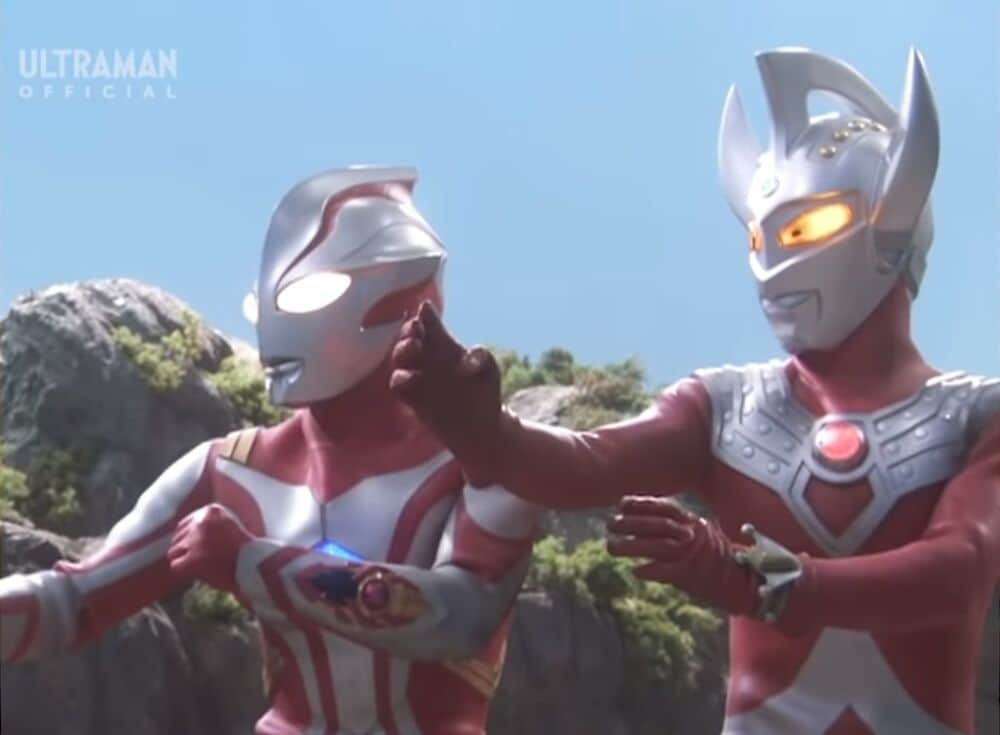
I think it’s worth noting as well that Mebius is often included as an Ultra Brother alongside the classic six (and has the cape to prove it!) not just because he was trained by Taro, but because he also fought with all his strength against impossible odds to protect the Earth, the same as his predecessors.
The Ultra Family’s legacy also went in a different direction with Taro’s son, Taiga. He isn’t just a carbon copy of his father, but struggles with his own unique flaws. His father may have taken his role as an Ultra hero very lightly during his time fighting on Earth – maybe a little too lightly, as his brothers had to remind him in the “barbeque” episodes of Taro – but Taiga was all too aware of the expectations on him as a part of this legacy. He fights to understand his own identity and his own unique strengths as an Ultra hero during the events of his show. Eventually, he even finds his own unique team with the Tri Squad, making friends with other Ultra heroes from different universes instead of just sticking with the “classic” team composition of the Ultra Brothers.
To make a long story short (too late) the legacy of the Ultra Family really is the legacy of the entire franchise. It extends even beyond the Land of Light to include other worlds and other universes – even to our own. After all, the lessons we learn from Ultraman’s example, or any Ultra hero, are lessons we can take to heart and use to inspire our own actions. From humble beginnings, desperate circumstances, and even great tragedies, we can find the courage to fight for seemingly-impossible futures in the same way.
Then maybe, just perhaps, our courage and our actions can inspire others in turn. It’s always been a central theme of Ultraman, and I’m excited to see that legacy continue to play out in new stories like Ultraman Rising, which debuts on Netflix and in select theaters later this week! Until then, stay tuned right here to Ultraman Connection.
